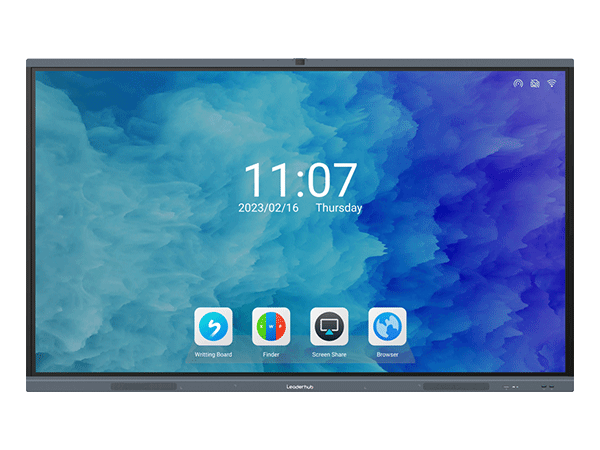Empowering Education through Multi-Screen Interactive Technology

Tablet computers with multi-screen interactive technology have revolutionized the education sector, bringing about significant reforms and paving the way for future advancements. This technology allows students and teachers to seamlessly engage with various educational resources, transforming traditional classrooms into dynamic and immersive learning environments.
Enhanced Collaborative Learning Experience
Tablet computers' multi-screen interactive technology facilitates collaborative learning by enabling real-time interaction and information sharing among students and teachers. Through wireless connectivity, students can access educational content, participate in virtual discussions, and engage in group projects on their tablets. This not only improves their understanding of the subject matter but also enhances their communication and teamwork skills.
Moreover, the interactive nature of this technology fosters personalized learning experiences. Students can choose their preferred learning styles, adjust the screen display, and access additional resources to cater to their unique needs. This flexibility enhances student engagement, motivation, and knowledge retention.
Transforming Teaching Practices and Empowering Educators
Multi-screen interactive technology also revolutionizes teaching practices, empowering educators with innovative tools for instruction and assessment. Teachers can use interactive apps, multimedia resources, and digital learning platforms to design engaging lessons that cater to diverse learning styles. They can create quizzes, assignments, and virtual simulations to assess student progress accurately.
Additionally, multi-screen interactive technology enables educators to access a vast repository of teaching materials, allowing them to stay updated with the latest educational trends and best practices. Teachers can collaborate with colleagues, share digital resources, and participate in online professional development programs, further enhancing their teaching capabilities.
Promoting Lifelong Learning and Future Development Trends
The integration of multi-screen interactive technology in education exposes students to a digital learning environment, preparing them for the challenges of the future. This technology nurtures critical thinking, problem-solving, and digital literacy skills, which are essential for success in the 21st-century workforce.
Furthermore, tablets' portability and versatility allow students to continue learning outside the traditional classroom setting. Whether at home or on-the-go, students can access educational resources, collaborate with peers, and seek guidance from teachers using their tablets. This promotes self-directed learning, lifelong learning habits, and ensures continuous development even beyond formal education.
Conclusion
The multi-screen interactive technology of tablet computers has propelled significant educational reforms and will continue to shape future development trends. By integrating this technology into classrooms, education becomes more collaborative, student-centered, and personalized. Teachers become facilitators of learning, equipped with advanced instructional tools. Moreover, this technology fosters lifelong learning habits and equips students with the necessary skills for an ever-evolving digital world. Embracing tablet computers' multi-screen interactive technology is essential to create a progressive and inclusive education system.

